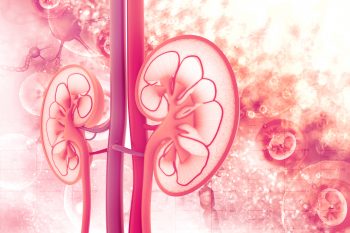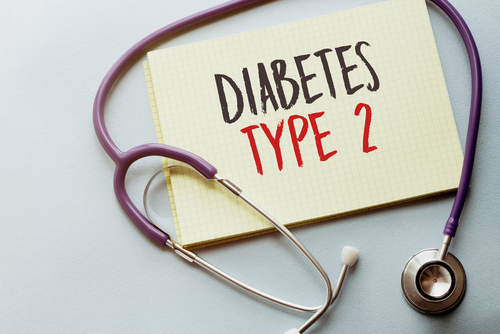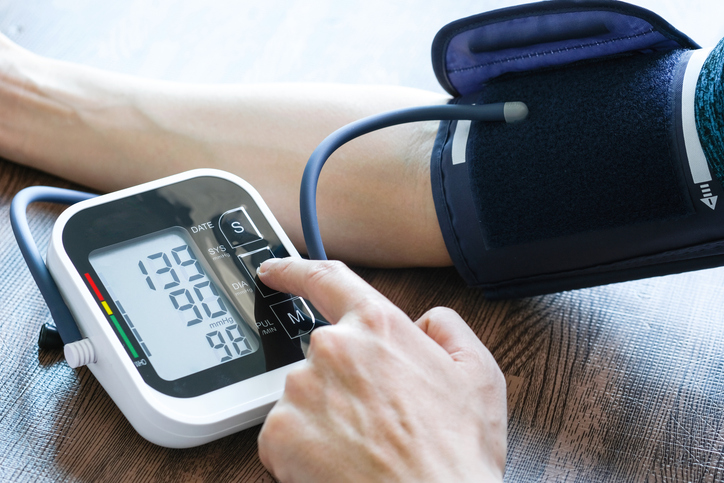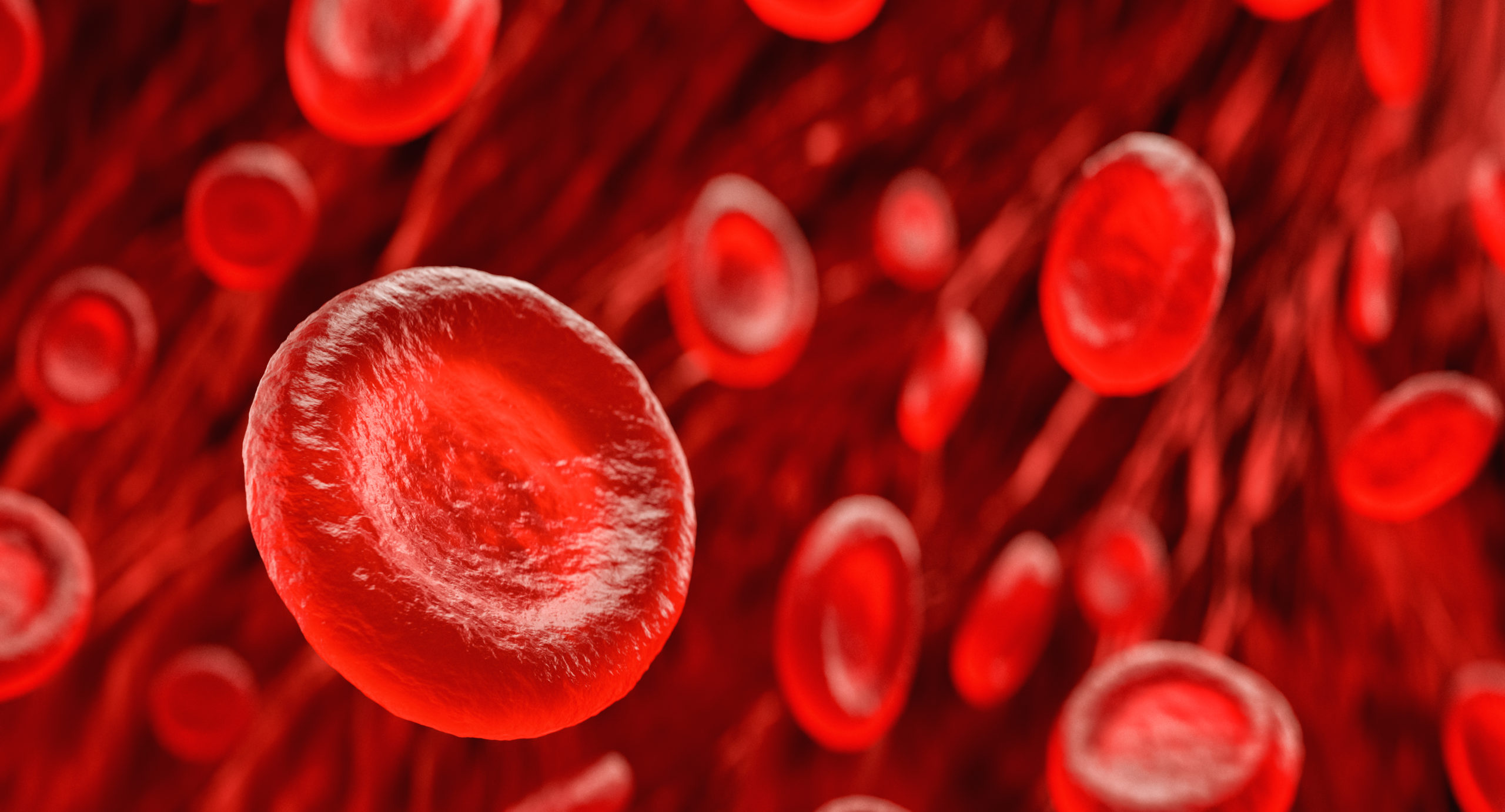
In July 2021 the US Food and Drug Administration approved finerenone for use in patients with chronic kidney disease (CKD) and type 2 diabetes mellitus. Finerenone is a selective nonsteroidal mineralocorticoid receptor antagonist that has been shown to significantly reduce cardiorenal adverse outcomes in that patient population.
During a poster session at the NKF Spring Clinical Meetings 2023, Chia-Chen Teng, MS, and colleagues reported results of a retrospective observational study designed to describe patient and provider characteristics upon initiation of finerenone following marketing availability. The poster was titled Characteristics of Finerenone Initiators Among Patients With Chronic Kidney Disease (CKD) and Type 2 Diabetes (T2D).
The study population was identified from a large US commercially insured and Medicare Advantage/Supplemental (MA/S) population. The researchers used administrative claims and laboratory results data from the HealthCore Integrated Research Database. Eligible patients had CKD and type 2 diabetes, one or more pharmacy claims for finerenone from July 2021 to August 2022, and six or more months of continuous health plan enrollment prior to initiation of finerenone.
A total of 568 patients were included in the study cohort. Mean age was 65 years, 40% were female, 64% had commercial insurance, and 36% had MA/S coverage. Ninety-two percent had hypertension, 85% had dyslipidemia, 29% had coronary artery disease, and 17% had heart failure. Of patients with available data on estimated filtration rate and urine albumin-creatinine ratio (UACR), 68% had stage 3 a/b or 4 CKD, as indicated by estimated glomerular filtration rate, and 43% had a UACR >300 mg/g.
The most common concomitant medication classes were antihypertensives (95%), antihyperglycemic (81%), and statins (79%). Use of renin-angiotensin-aldosterone system inhibitors was common (80%), and dosing of angiotensin-converting enzyme inhibitors and angiotensin receptor blockers was within recommended ranges for 59% and 74% of users, respectively.
The most common prescribing physicians were nephrologists (34%), followed by primary care physicians (27%), and endocrinologists (14%). Seventy-five percent of patients initiated finerenone at a dose of 10 mg; the remaining patients initiated at a dose of 20 mg.
“These data provide important and novel insights into characteristics of CKD/type 2 diabetes patients prescribed finerenone shortly after availability,” the authors said. “They provide a baseline for which to compare changing treatment patterns over time and/or a cohort in which to study future real-world safety and effectiveness outcomes.”
Source: Teng C-C, Singh R, Kong R, et al. Characteristics of finerenone initiators among patients with chronic kidney disease (CKD) and type 2 diabetes (T2D). Poster #256. Abstract of a poster presented at the National Kidney Foundation Spring Clinical Meetings 2023; April 11-15, 2023, Austin, Texas.







 © 2025 Mashup Media, LLC, a Formedics Property. All Rights Reserved.
© 2025 Mashup Media, LLC, a Formedics Property. All Rights Reserved.